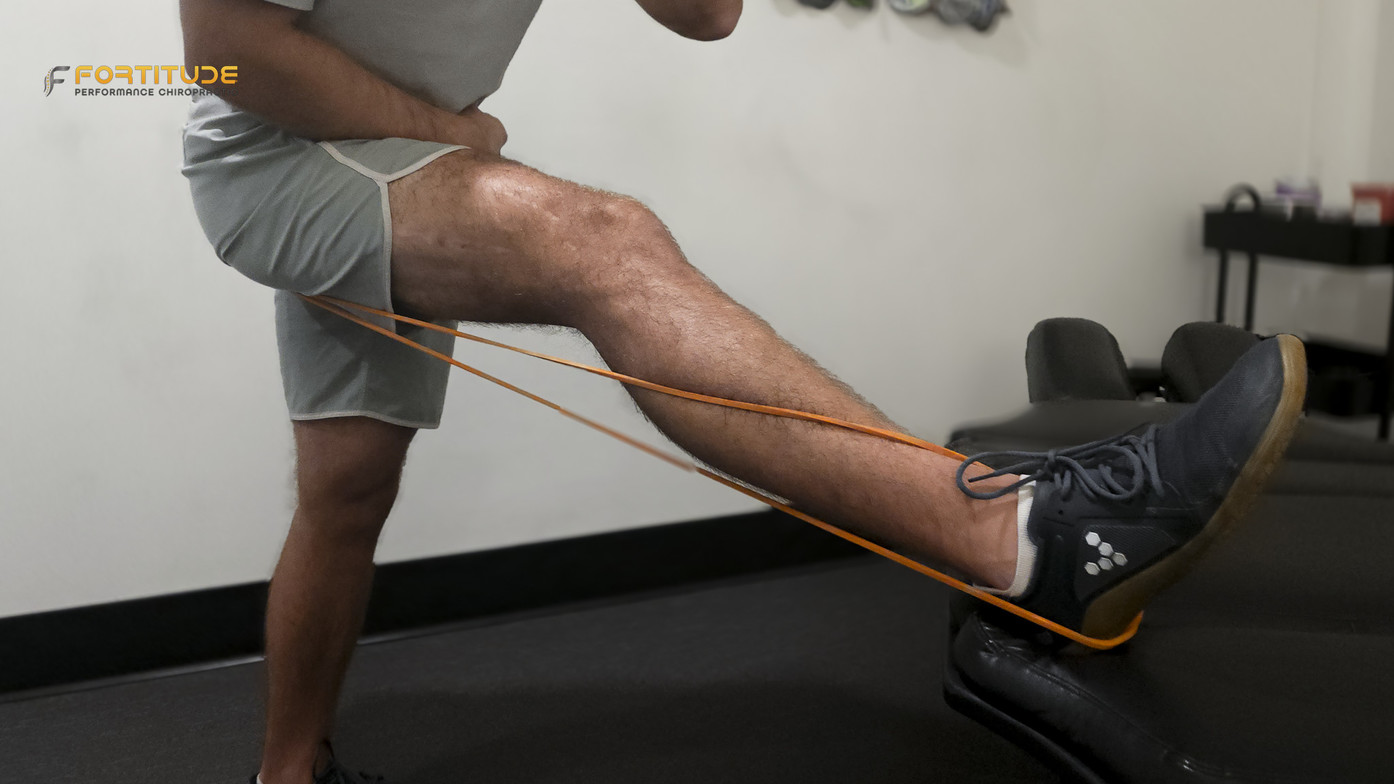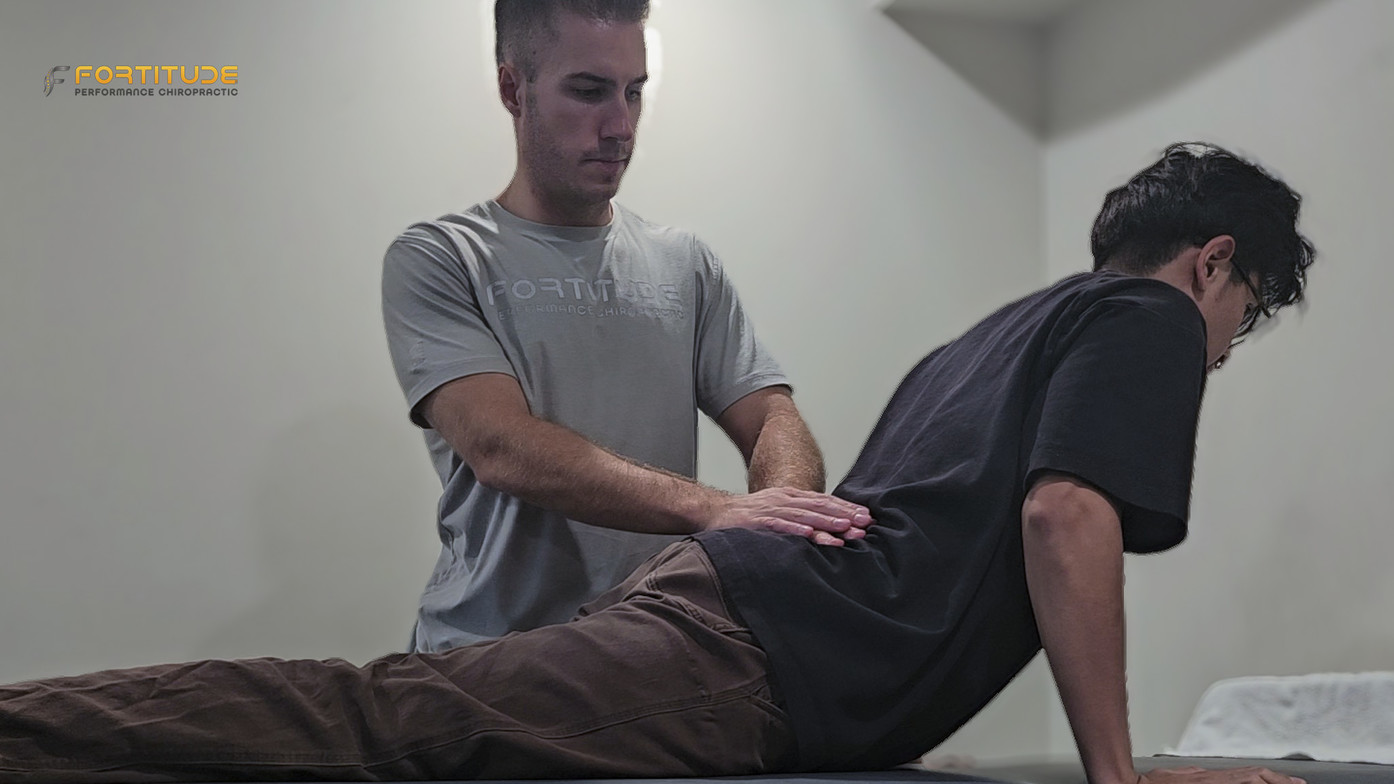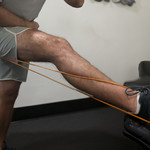How Sciatica Happens — And What You Can Actually Do About It
If you’ve ever felt a burning, stabbing, or radiating pain down your leg, there’s a good chance someone mentioned sciatica. Maybe a friend said, “rest it out,” or a doctor suggested stretching more. But when the pain keeps coming back — or never really goes away — you’re left wondering what’s really going on.
Let’s break it down in simple terms.
What Is Sciatica, Really?
Sciatica refers to irritation or compression of the sciatic nerve — the longest and widest nerve in your body. It starts in your lower back, runs through your hips and glutes, and travels down your leg, often reaching the calf or foot.
When something in your body puts pressure on that nerve, you might feel:
- Pain shooting down your leg
- Numbness, tingling, or burning
- Discomfort that gets worse after sitting, standing, or walking
- Weakness or heaviness in the leg or foot
But here’s the tricky part — and the reason so many people miss the early warning signs:
Sciatica doesn’t always feel like nerve pain.
It can be sneaky.
Many people first feel a dull ache, tightness, or throbbing in their glutes, hamstring, or lower back — and write it off as just muscle strain or stiffness.
They stretch it. Foam roll it. Try to “push through it.”
But what they’re actually feeling is early irritation of the sciatic nerve.
And the longer it goes unaddressed, the worse it tends to get.
That’s why an accurate evaluation from a doctor trained in nerve-specific assessment is key.
At Fortitude Performance Chiropractic in Scottsdale, we use a proven method called neurodynamics to evaluate the sciatic nerve and see how it’s moving (or not) through your body.
If you’re searching for a sciatica doctor in Scottsdale, struggling with sciatic nerve pain, or just tired of the tight, aching feeling that never fully goes away — the first step is understanding why it’s happening.
Figuring out why helps us ensure we are accurate as these symptoms can show up far from the actual root of the problem.
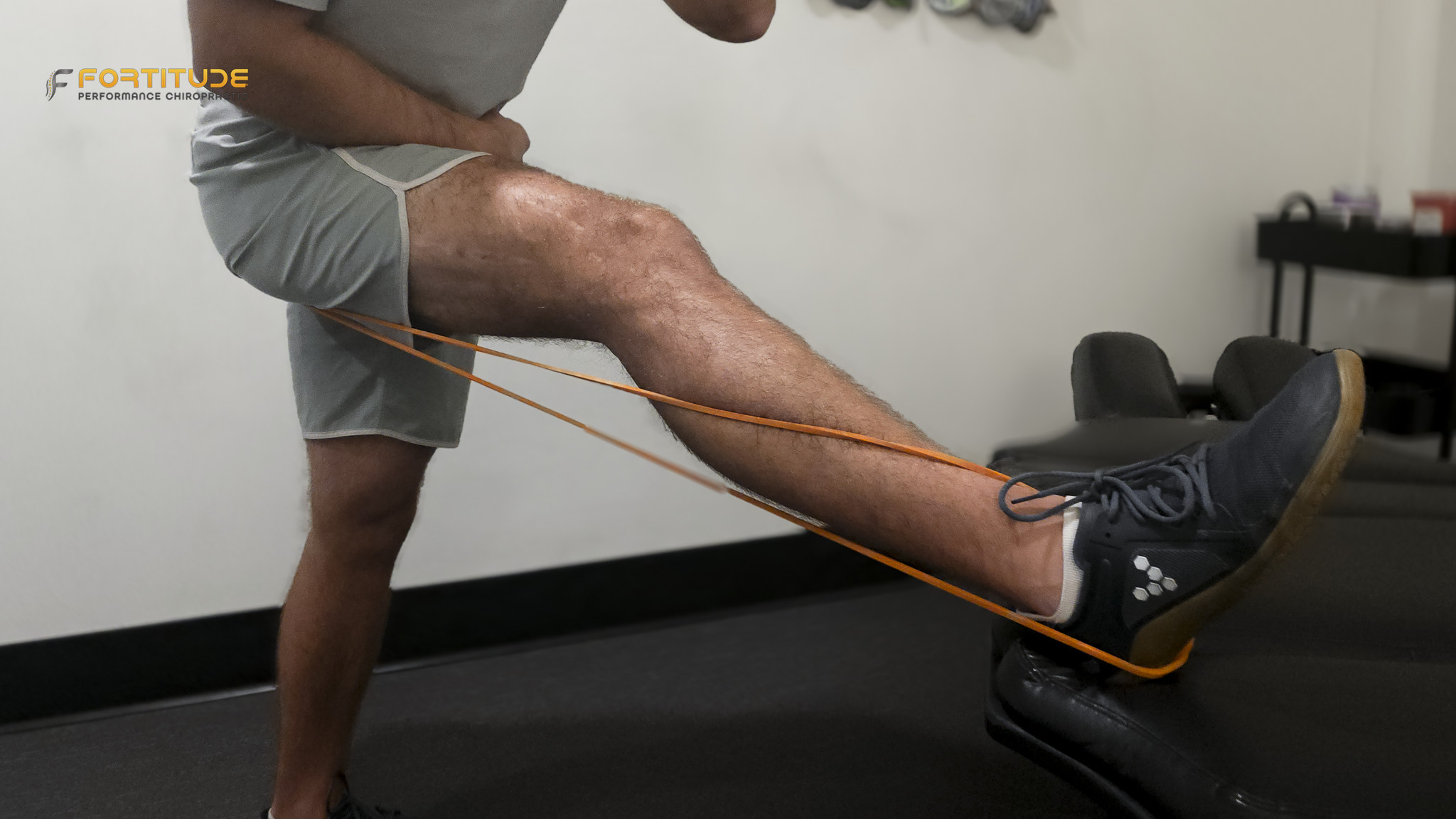
How Sciatica Actually Happens
Sciatica isn’t just a diagnosis — it’s a symptom of something else going on. Think of your nervous system like a freeway. If there’s a crash near your low back (like a disc issue or stiff joint), it causes a traffic jam. The pain in your glute, thigh, or calf? That’s just the backup down the line.
This is why so many people stretch their hamstrings or roll out their glutes with no real relief. The pain is real — but the solution might be coming from somewhere else entirely.
“We’ve worked with patients who tried everything, massage, stretching, even weeks of PT — and still couldn’t shake their sciatica.
Why? Because no one had looked at how their sciatic nerve was actually moving.Once we ran a neurodynamic assessment and addressed the mechanical restrictions — not just the muscles — things finally started to change.
The root cause is often nerve irritation from movement faults, not just tight hamstrings.” - Dr. Molly
Why It Doesn’t Just Go Away
It’s common to be told to “give it time” or “take it easy.” And while rest might help in the short term, it’s not a long-term fix if the actual movement patterns that caused the irritation are still there.
Many people spend weeks (or months) trying stretches they found online or relying on painkillers to get through the day. But until the body starts moving in a way that takes pressure off the nerve — and keeps it off — the pain usually returns.
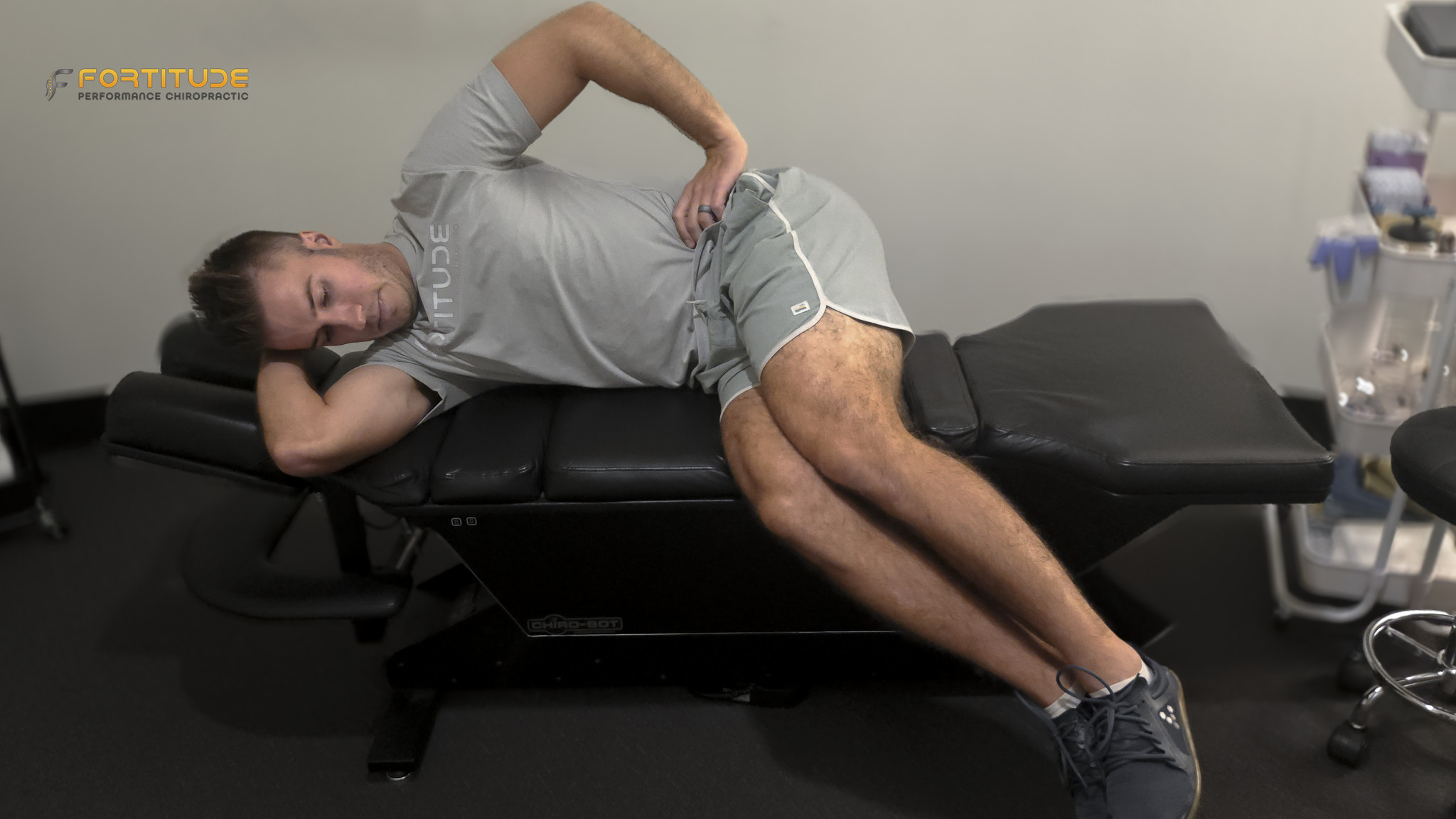
What a Good Treatment Plan Should Actually Look Like
A thoughtful approach to sciatica should start with a full-body movement and neurodynamic assessment. It’s not enough to look at where it hurts. You need to look at how your body moves — how your hips load, how your spine rotates, and how your core supports it all.
From there, care might include:
- Soft tissue or joint work to calm down irritated areas
- Movement drills to restore balance and coordination
- Progressive rehab to build lasting strength and control
- Adjustments or dry needling when appropriate
No two cases of sciatica are the same. The key is figuring out why it started, not just where it hurts.
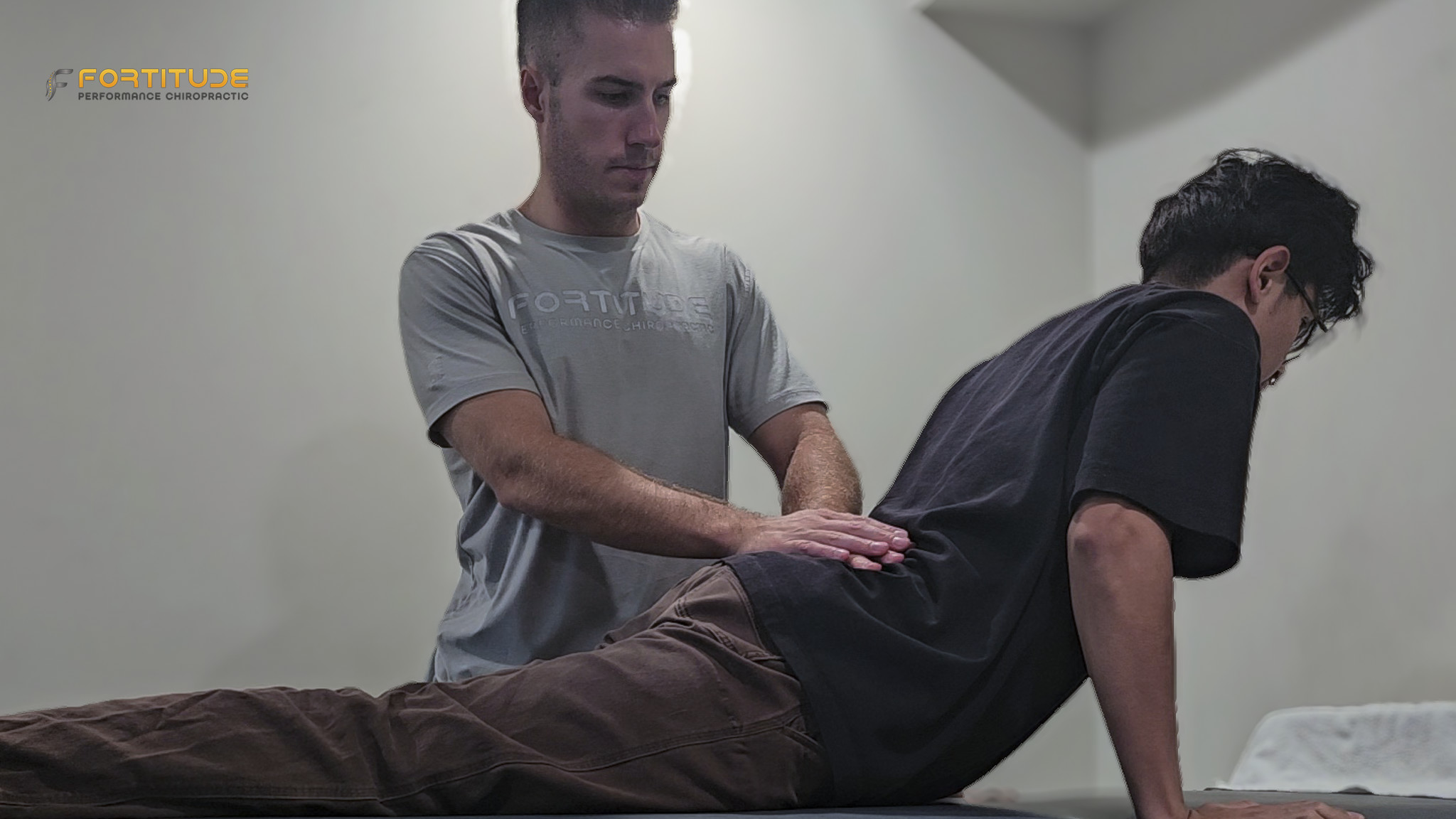
"What matters most is giving people clarity. We want patients to feel like they finally understand what’s going on — not just be told to stretch or ice it again. When you understand your body better, you start to move better. And that’s where healing happens." (great!!) - Dr Molly
How Long Does Sciatica Last?
It depends. Some people with sciatic nerve pain feel better in a few days. Others deal with it for weeks, months, or even years.
The biggest reason it sticks around?
No one has looked at what’s actually causing it.
If the real problem isn’t found and fixed — like how you move, sit, or use your hips and back — the pain often keeps coming back.
And the longer your nerve stays irritated, the more your body starts to shift and compensate. That’s when other areas like your hip, knee, or even your other leg can start to hurt too.
You don’t need to panic. But if you’ve had pain for more than 2 weeks — or this keeps showing up again and again — it’s time to get it checked by someone who knows what to look for.
At Fortitude Performance Chiropractic in Scottsdale, we use full-body movement tests and special nerve exams (called neurodynamics) to find the true cause — so we can help you finally feel better, faster.
Want to Understand What’s Causing Your Sciatica?
Whether you’re in Scottsdale or somewhere else, our goal is simple:
To help you finally understand why your sciatic nerve hurts — and show you a better way forward.
We’ve helped golfers, desk workers, parents, and active adults with sciatica pain that wouldn’t go away.
They all had one thing in common:
They were tired of being told to just “stretch more” or “wait it out.”
If that’s where you’re at — stuck, confused, or not sure what to try next — we’d love to help.
Scottsdale-based? We’d love to meet you.
Not local? Use this post as a guide for what quality care should look like — and don’t stop until you find it.
FAQs About Sciatica
How do I know if it’s sciatica or something else?
If the pain runs from your low back or glute down the leg — especially if there’s tingling, numbness, or weakness — it’s likely sciatica. But not always. Other issues like piriformis syndrome or disc injuries can mimic it. That’s why it’s important to look at the full picture.
Will sciatica go away on its own?
Sometimes. If the cause is minor and your body can adapt, symptoms may fade in a week or two. But if it keeps coming back or gets worse with movement, it’s likely a sign that something deeper needs attention.
Is walking good for sciatica?
In most cases, yes — movement helps keep blood flow and nerve mobility up. But if walking makes your symptoms worse, or your posture breaks down quickly, it’s worth getting assessed.
Should I stretch for sciatica?
It depends on the cause. If your hamstrings or glutes are overworking to protect an unstable spine, stretching them can make things worse. Focus on controlled movement, not just passive flexibility.
What’s the fastest way to relieve sciatica pain?
Temporary relief might come from ice, nerve glides, or unloading the irritated area. But real progress comes from identifying why the nerve is irritated in the first place — and building a plan around that.
Can a chiropractor fix sciatica?
A good chiropractor won’t just “treat the nerve.” They’ll look at how your body moves, find the root cause, and build a strategy to get you moving better and feeling better long term.
You Might Also Like:
Lower Back Pain & Golf
How Chiropractic Care Can Help Athletic Performance
Follow us on Instagram for movement tips, behind-the-scenes care, and education that actually makes sense:
@phx_fortitude

Fortitude Performance Chiropractic
Contact Me
